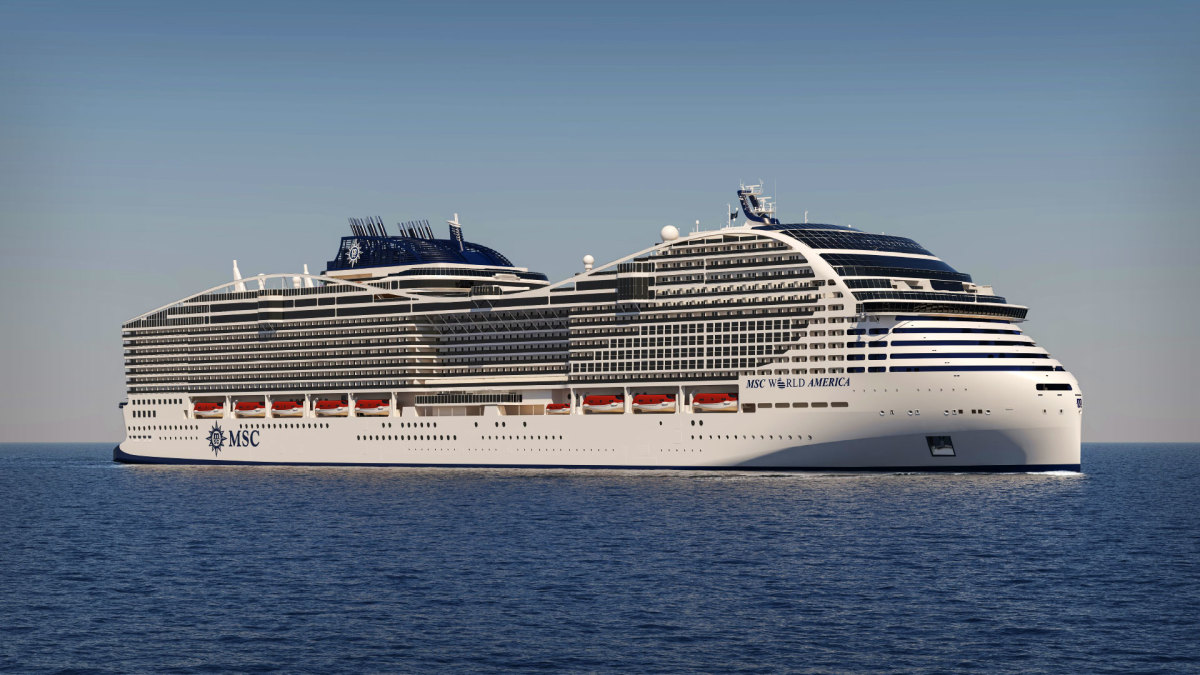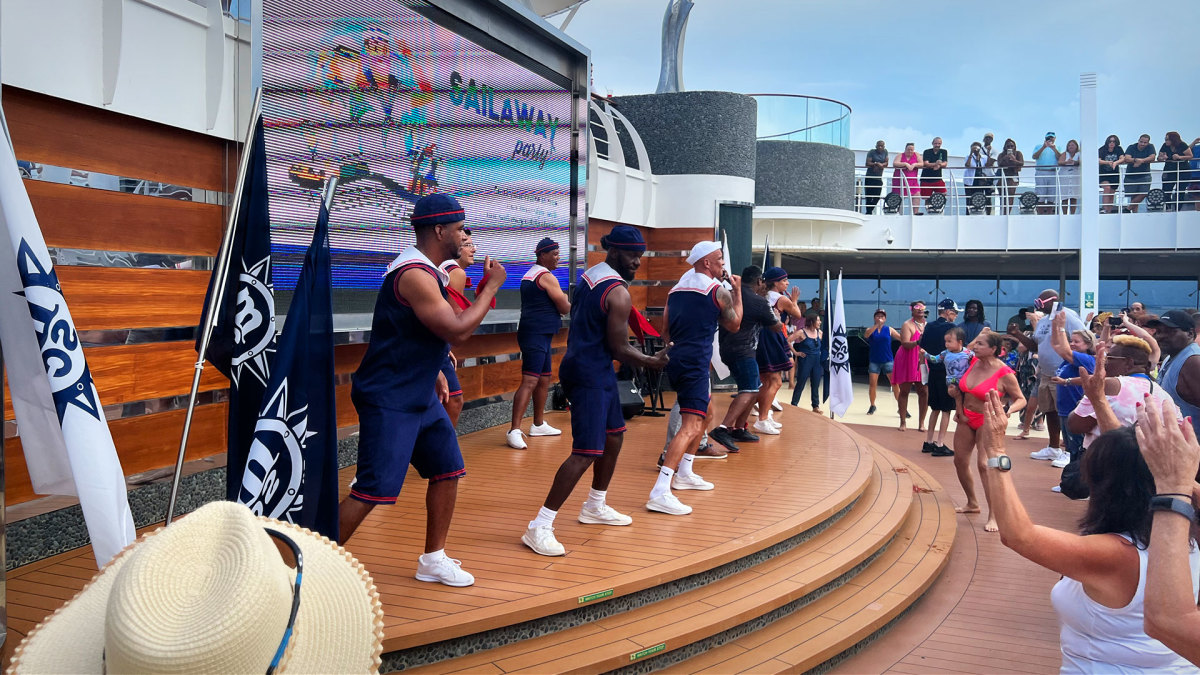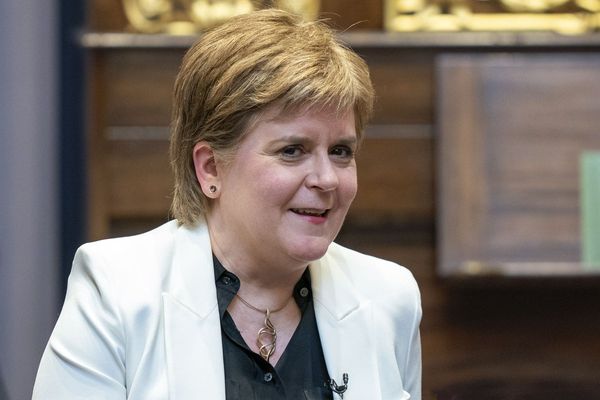
Cruise prices are partly demand-based: When a lot of people want to be on a ship or a specific sailing, prices for cabins rise quickly.
When demand is lower, cruise lines set prices based on a variety of goals. Some cruise lines won't use sales and incentives to fill their ships because they believe it lowers the value of the product in the long term.
In other cases, a cruise line will drop its prices in order to expose its product to more customers. MSC Cruises, which has been looking to grow in market share in the U.S., often has lower prices than Royal Caribbean, Carnival and Norwegian for comparable-size ships.
Related: MSC Cruises has a plan for fresher, better food
In many cases the MSC Cruises trips also include a drink package and WiFi for one device. How low a cruise line can go depends at least somewhat on its costs. fuel prices are lower, for example, operating a cruise ship costs less.
MSC Cruises has been testing new technology that will make its cruises more efficient. The goal wasn't to lower costs — at least that goal hasn't been explicitly stated — but it's certainly a side benefit.

Image source: Daniel Kline/Come Cruise With Me
MSC Cruise optimizes its routes
Cruise lines almost never frame a decision around making or saving money for the company. Instead, it's easier to tout the positive environmental benefits of certain changes.
"MSC Cruises will see its fleet of ships’ emissions reduced by up to 15% in 2026 thanks to the introduction of a new itinerary planning optimization tool called OptiCruise," the cruise line wrote.
"The line has developed a new mathematical model with OPTIMeasy, a research company affiliated to the University of Genoa, that comprehensively examined numerous factors that influence the planning of each of MSC Cruises’ itineraries to achieve the optimum level of efficiency for a sailing while maintaining or enhancing guest satisfaction."
ALSO READ: Top travel agents share how to get the best price on your cruise
Yes, emissions will be lower, and some operational costs like fuel should drop as well. That's something MSC Cruises Chief Energy Transition Officer Michele Francioni noted.
“The OPTIMeasy team calculates that the average fuel savings made, and emissions reduced, by using OptiCruise are in the range of 10%-15%, which is a significant step forward in our ambition to achieve our net zero greenhouse gas emissions target by 2050 for our marine operations,” he wrote.
Are you taking a cruise or thinking about taking one? Visit our Come Cruise With Me website to have all your questions answered.







